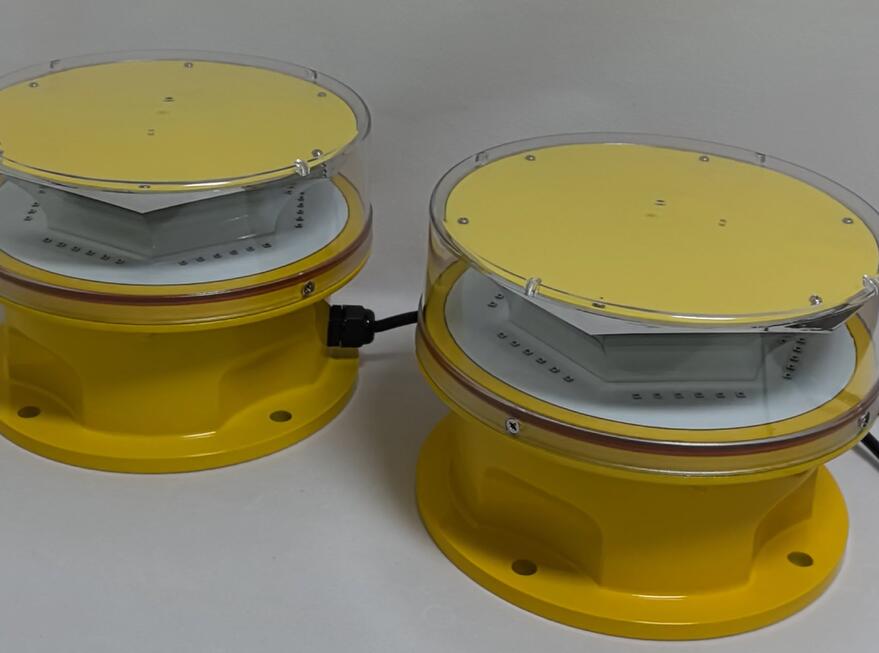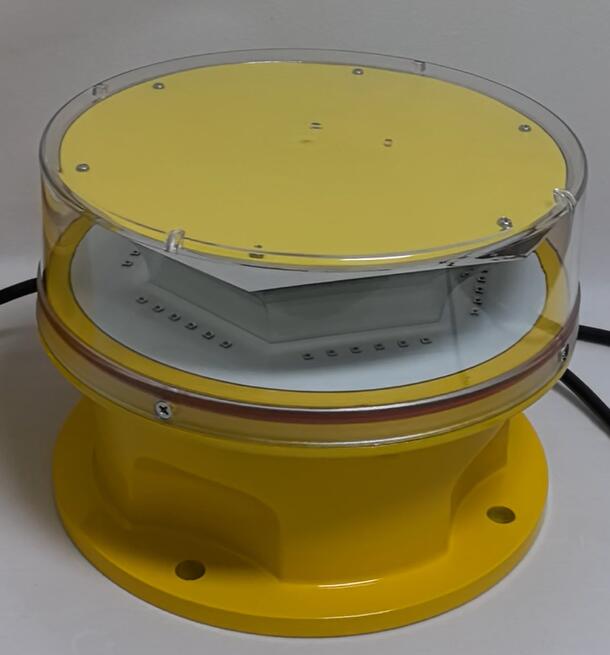In the vast expanse of the modern world, where the skies are constantly crisscrossed by aircraft, there lies an often overlooked yet crucial element: aviation lights on buildings. These unassuming fixtures play a vital role in ensuring the safety of air travel and serve as silent guardians of the skies above.
As the sun sets and darkness descends, the aviation lights on buildings come to life. They are like beacons, casting a soft glow that pierces the night sky and alerts pilots to the presence of potential obstacles. These lights are not just a matter of aesthetics; they are a matter of life and death.
Buildings, especially those located near airports or along flight paths, pose a significant hazard to aircraft. Without proper lighting, these structures can be difficult to spot, even for the most experienced pilots. This is where aviation lights on buildings step in. They act as a visible warning, signaling to pilots that there is an obstruction ahead and helping them navigate safely through the airspace.

The types of aviation lights on buildings can vary depending on their height and location. Taller structures may be equipped with red obstruction lights, which are highly visible and designed to stand out against the backdrop of the night sky. These lights are typically placed at the highest points of a building to ensure maximum visibility. Shorter buildings may have white strobe lights or flashing beacons, which also serve to attract the attention of pilots and indicate the presence of an obstacle.
| MI-B | 2000 |
| NIGHT | ON |
The installation and maintenance of aviation lights on buildings is a complex process that requires careful planning and adherence to strict regulations. Building owners and operators must ensure that the lights are properly installed and functioning correctly at all times. Regular inspections and testing are essential to ensure that the lights are in good working order and that their intensity and visibility meet the required standards.

In addition to their safety function, aviation lights on buildings also have an aesthetic appeal. At night, they can transform the city skyline into a glittering tapestry of light, adding a touch of magic to the urban landscape. They can also serve as landmarks, helping people orient themselves and find their way in unfamiliar surroundings.
However, the importance of aviation lights on buildings goes beyond just safety and aesthetics. They are also a symbol of our interconnected world and the constant flow of people and goods across the globe. In a sense, they are a link between the ground and the sky, a reminder of the wonders of modern aviation and the role that buildings play in supporting this vital industry.
Aviation lights on buildings are an essential part of the air travel safety net. They serve as a silent warning to pilots, ensuring that they can navigate safely through the skies. Whether we notice them or not, these lights are always there, working tirelessly to protect the lives of those who take to the air. As we look up at the night sky and see the soft glow of aviation lights on buildings, let us remember the importance of these unassuming fixtures and the crucial role they play in keeping our skies safe.